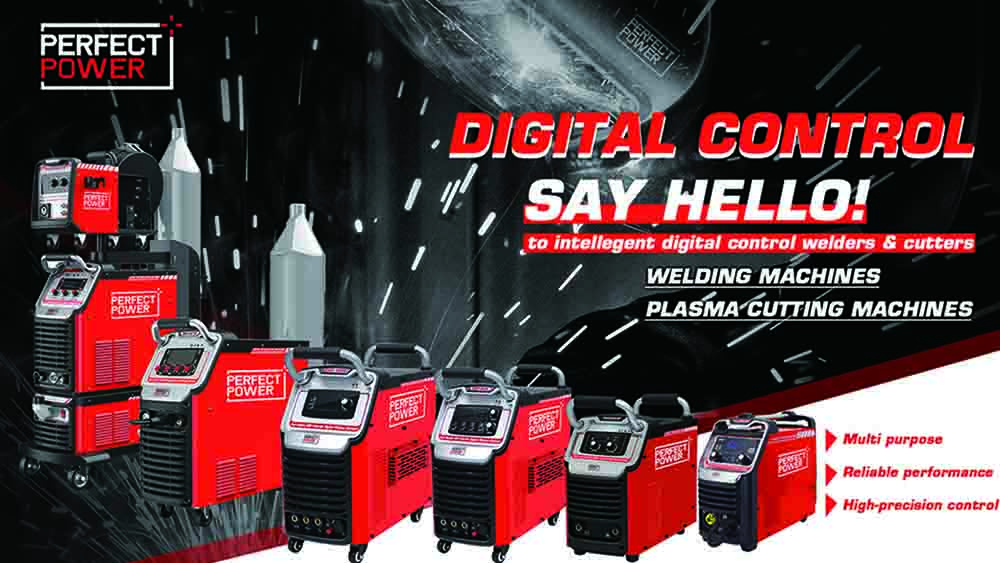
Stick welding, also known as Manual Metal Arc (MMA) welding or Shielded Metal Arc Welding (SMAW), is a widely used welding process that has been around for decades. This technique is popular for its versatility and ability to weld various materials and thicknesses, making it a vital skill for both professionals and hobbyists. In this comprehensive guide, we will delve into the basics of stick welding, its equipment, techniques, safety measures, and tips for beginners.
Section 1: Knowing About Stick Welding
What is Stick Welding?
Stick welding is an arc welding process that uses a consumable electrode coated with a flux to create a bond between two metal pieces. The electrode is attached to an electrode holder, and an electric current is passed through it to generate an electric arc. The heat generated by the arc melts the electrode, creating a molten pool that fuses the metals together when it solidifies.
Advantages of Stick Welding:
- Versatility: Stick welding can be used on a variety of metals, including steel, stainless steel, cast iron, and certain non-ferrous metals.
- Outdoor Use: Stick welding is less affected by wind and adverse weather conditions compared to other welding processes.
- Portability: The equipment for stick welding is relatively simple and can be easily transported to various job sites.
Section 2: Equipment and Materials
Essential Equipment:
- Welding Machine: A stick welding machine, also known as a welding power supply, generates the electric current required for the welding process.
- Electrode Holder and Cable: The electrode holder connects the electrode to the welding machine and allows the welder to maintain control over the welding process.
- Ground Clamp and Cable: The ground clamp provides a safe return path for the electric current and prevents electrical hazards.
- Welding Electrodes: Stick welding electrodes are available in various types, each designed for specific materials and applications.
Electrode Classification: Electrodes are classified based on their coating, which affects the welding properties and the type of weld produced. Common electrode coatings include cellulosic, rutile, and basic.
Section 3: Stick Welding Techniques
Preparation:
- Surface Cleaning: Properly clean the welding area to remove dirt, rust, and contaminants, as they can affect the quality of the weld.
- Fit-Up: Ensure the parts to be welded are properly aligned and have the appropriate gap to allow proper penetration.
Welding Procedure:
- Strike the Arc: Tap the electrode against the workpiece to strike the arc. Maintain a suitable arc length to prevent sticking or splattering.
- Angle and Direction: Hold the electrode at the recommended angle (typically around 10-15 degrees from vertical) and move it in a controlled direction along the joint.
- Weld Bead:
- Stringer Bead: A straight-line bead that offers higher penetration.
- Weaving Bead: A side-to-side motion that spreads the heat and creates a wider bead.
- Overlap and Sequence: Overlap each bead slightly with the previous one and follow a sequence to ensure consistent coverage.
Section 4: Safety Precautions
Protective Gear:
- Welding Helmet: A helmet with a darkened visor protects your eyes from intense light and harmful UV radiation.
- Welding Gloves: Heat-resistant gloves shield your hands from sparks and hot materials.
- Welding Jacket: A flame-resistant jacket safeguards your body from burns and sparks.
- Safety Glasses: Wear safety glasses with side shields under your helmet to prevent debris from entering your eyes.
Ventilation and Workspace: Perform stick welding in a well-ventilated area to avoid inhaling harmful fumes and gases. Keep your workspace organized and free from clutter to prevent tripping hazards.
Section 5: Tips for Beginners
- Practice: Stick welding requires practice to master. Start with scrap metal to hone your skills before moving on to more critical projects.
- Choose the Right Electrode: Select the appropriate electrode for your material and application, as this significantly impacts the quality of your weld.
- Maintain Proper Electrode Angle: Maintain the correct electrode angle to ensure proper penetration and bead appearance.
- Control Travel Speed: Adjust your travel speed to create consistent and even welds.
- Keep Electrode Dry: Store electrodes in a moisture-resistant container and only take out what you need to prevent moisture absorption.
ARC-200DPS PULSE MMA WELDER Meet your need

ARC-200DPS Pulse MMA Welder features versatility to suit the needs of hobbyists and professional welders alike. It is the multifunction one for you with an LCD display, anti-stick, hot start, arc force, VRD, pulse, and lift tig welding function.
Furthermore, the ARC-200DPS boasts a hot start function that enables easy and smooth arc initiation. This is particularly beneficial when working with challenging materials or in situations where a consistent and stable arc is crucial for the quality of the weld. The arc force control adds an extra layer of control, allowing welders to fine-tune the welding parameters to suit the specific requirements of the task at hand.
ARC-200DPS Pulse MMA Welder is a comprehensive welding solution that combines versatility, advanced features, and safety measures to create an indispensable tool for welders of all levels. Its impressive array of functions, from the LCD display to the pulse and lift tig welding capabilities, positions it as a top-tier choice in the world of welding equipment.
Stick welding is a versatile and essential welding technique that provides the foundation for various welding skills. By understanding the basics of stick welding, including equipment, techniques, safety measures, and tips, beginners can confidently embark on their welding journey. Remember that practice and patience are key to mastering this art, and with dedication, you can create strong, durable welds that stand the test of time.



